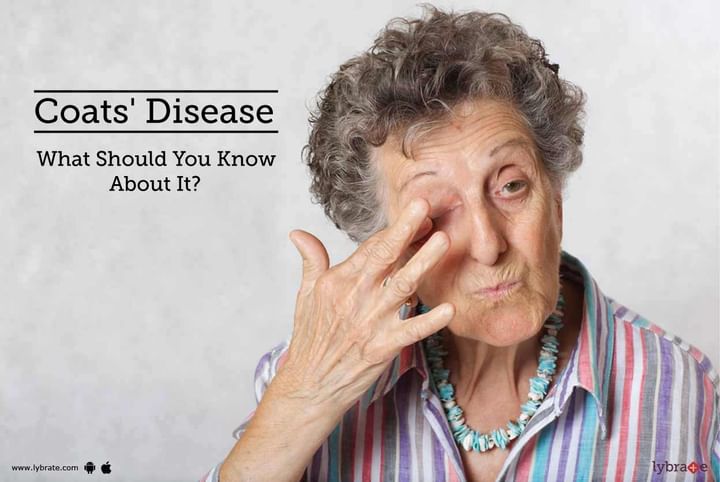Coats' Disease - What Should You Know About It?
It is an eye disorder in which the retina is affected by abnormal growth of the blood vessels. Most of the time only one eye is affected. This is not an inherited disease and the principle causes are still unknown. Although in some cases, it has been speculated that some acquired somatic alterations in the NDP gene (Norrie disease (pseudoglioma)) causes Coats’ disease. The treatment depends upon the symptoms and the intensity of the disease.
There are many symptoms which can be seen in the early stages of life, but these symptoms can get worse with the progress of the disease. Symptoms may vary from person to person, but some of the common symptoms are loss of vision, strabismus, or crossed eyes and a white bulk in the pupil beyond the eye lens. With the progress of the disease, it can lead to retinal detachment, blindness, and clouding of the lens. This disease is not inherited and is caused by some genetic alterations. These symptoms can affect the daily life of the sufferer.
Causes:
The causes of the Coats’ disease are still unknown, but it has been hypothesized that the alterations in the NDP gene lead to this kind of disease. However, it is still not proven. It is reported that the Coats’ disease is a single feature of many genetic disorders. When this problem occurs with further deformities that damage the other body parts like the brain, intestine, abdomen, etc., it is referred to as Coats Plus Syndrome which is the result of alterations in the CTC1 gene.
Diagnosis:
The diagnosis of the disease is mostly done on the basis of symptoms and signs and outcome of the comprehensive eye examination. There are many tests available to confirm diagnosis including diagnostic echography, retinal fluorescein angiography, and also sometimes include a CT scan or MRI of the orbit.
In some cases, there are a fewer or no symptoms, but they can be diagnosed in the early stages as in most cases, the symptoms are typically visible at an early stage but the disorder needs some time to occur.
Treatment:
The treatment of the Coats’ disease depends upon the intensity of the disease which varies from individual to individual. The treatment available can be used individually or in combinations.
-
Shrink or terminate blood vessels through a laser treatment or laser photocoagulation
-
Using Cryotherapy as a procedure to destroy the affected blood vessels through extreme cold.
-
Injections are used to control inflammation.
-
Surgeries to fix the retinal detachment and drainage of fluids from the eyes.
The prognosis of the disease varies and depends upon the severity of it, intensity of its progression, and the potency of the treatment. People with intensified disease do not find any benefit from the above treatments, but most patients rejoin well with the treatment. Only the worst cases require the removal of the eye, but it is an ophthalmologist who will be able to confirm the severity of the disease and the benefits of the treatment.
Take Away:
Coats’ disease is an eye disorder caused by some genetic alterations. The severity of the disease can also lead to the removal of the eye, but early diagnosis and fair treatment can solve the problem. One should make sure to confirm his/her Ophthalmologist about their symptoms before leaping to the conclusion.



+1.svg)
